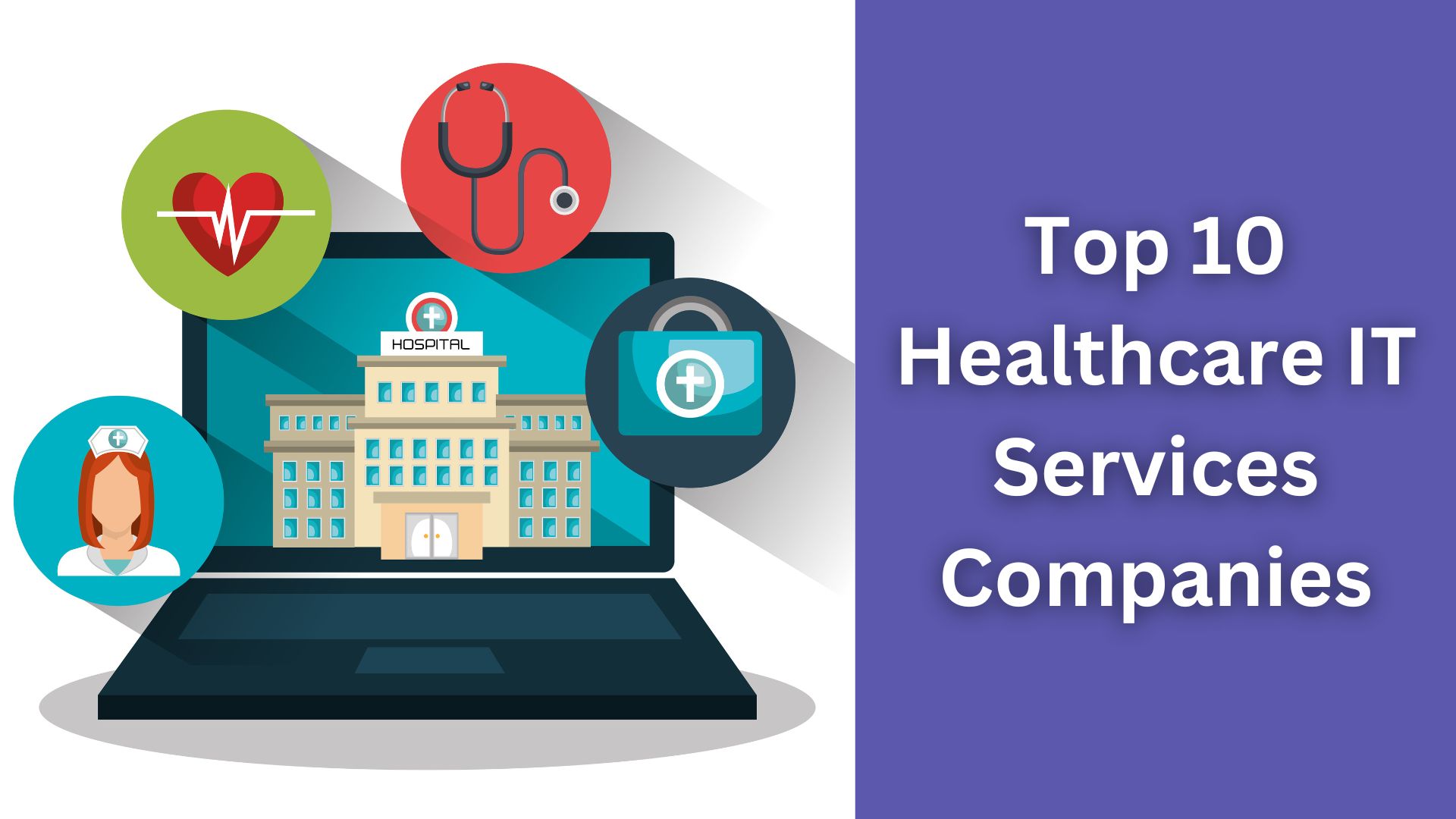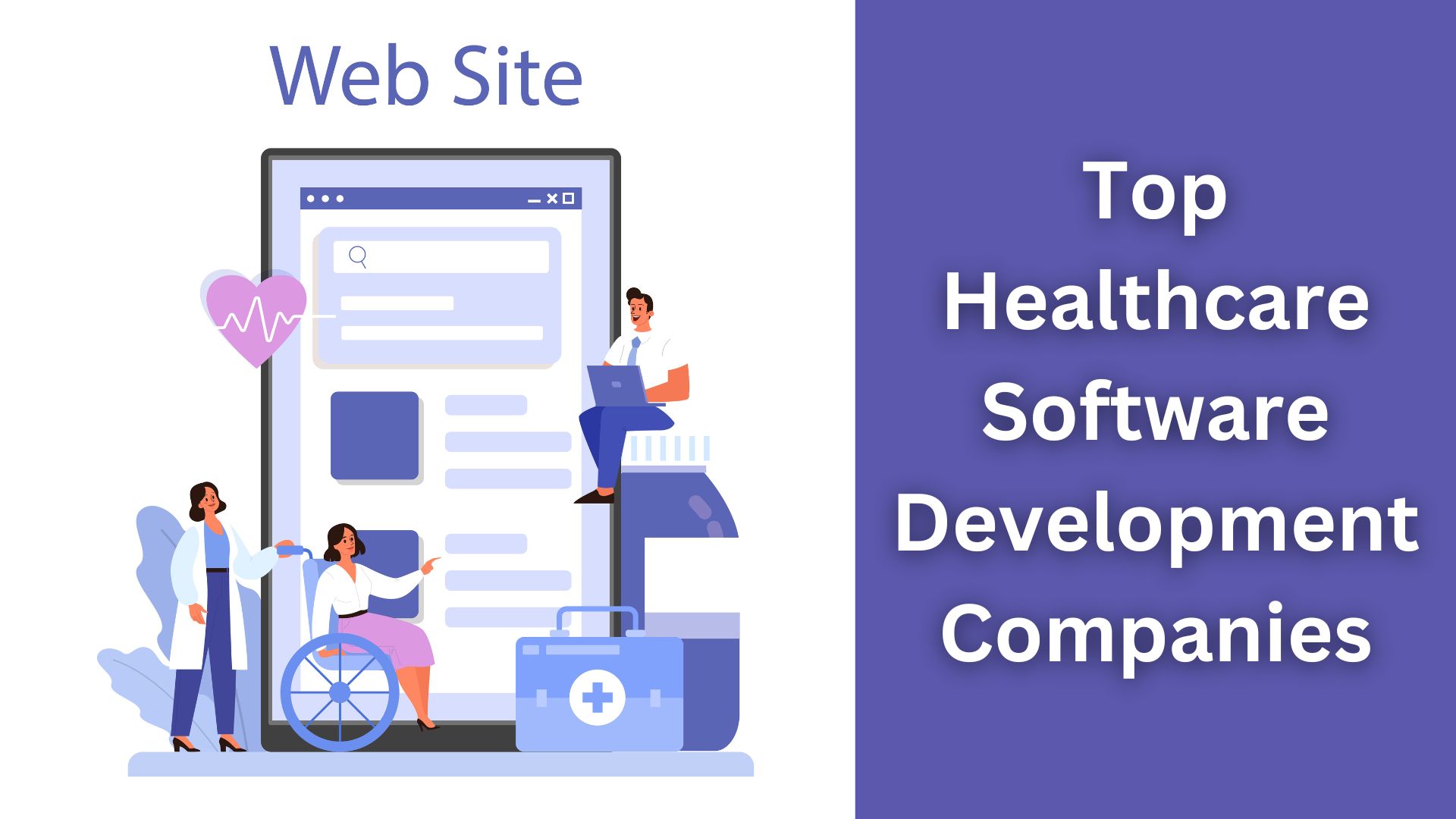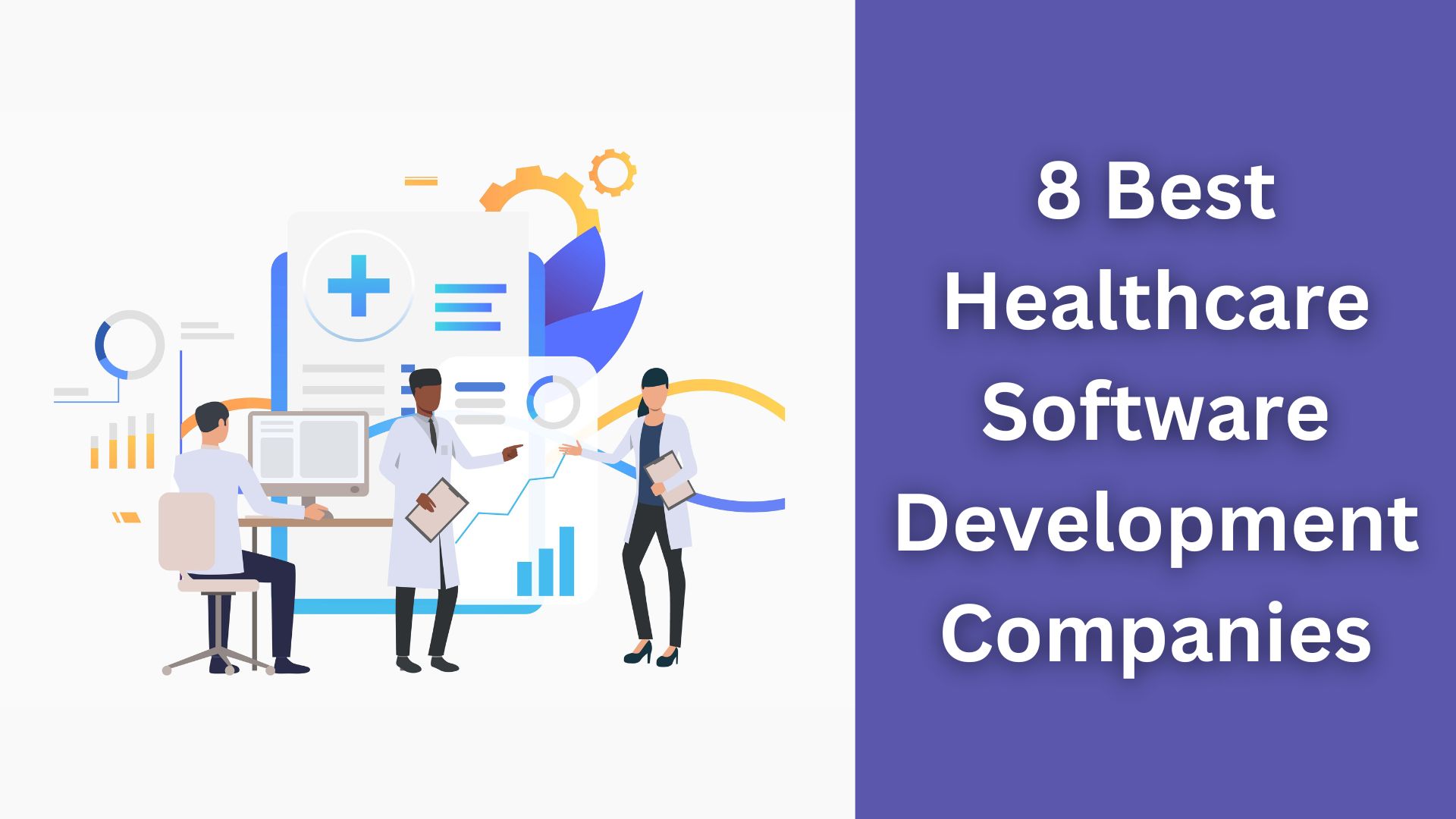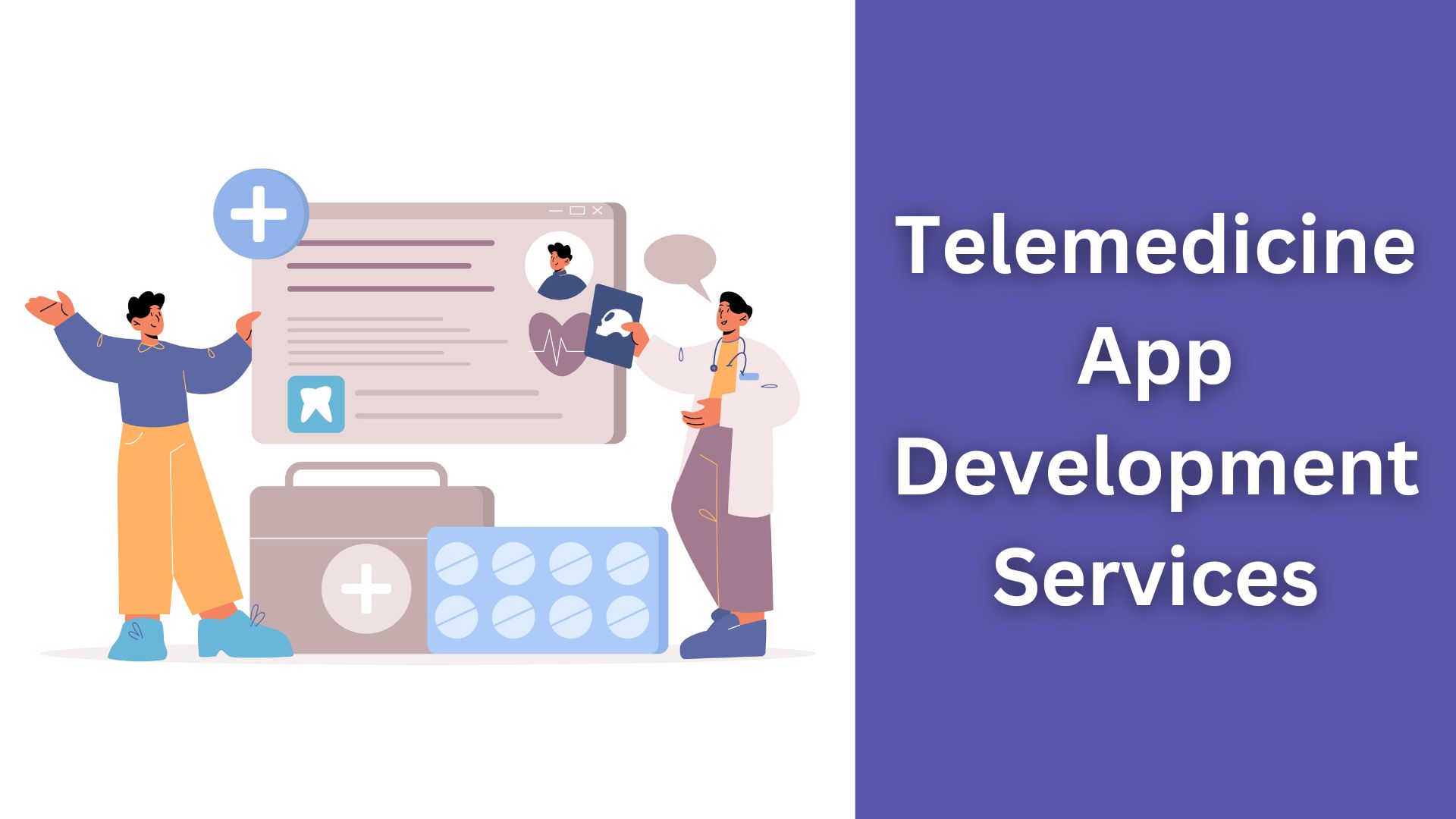Wearable Technology in Healthcare: Empowering Patients and Providers
Wearables have become integral to personalized healthcare in 2025. By 2028, market research projections estimate that the digital revolution in healthcare, backed by wearable health devices, will skyrocket industry revenue to $69.2 billion. This shows that wearable technology is the next mainstream milestone that can transform individual health significantly.
This blog explains how wearable technology works in healthcare and why its adoption is increasing rapidly.
For a broader understanding of digital health systems, you may also explore this healthcare software development guide to see how such solutions are structured.
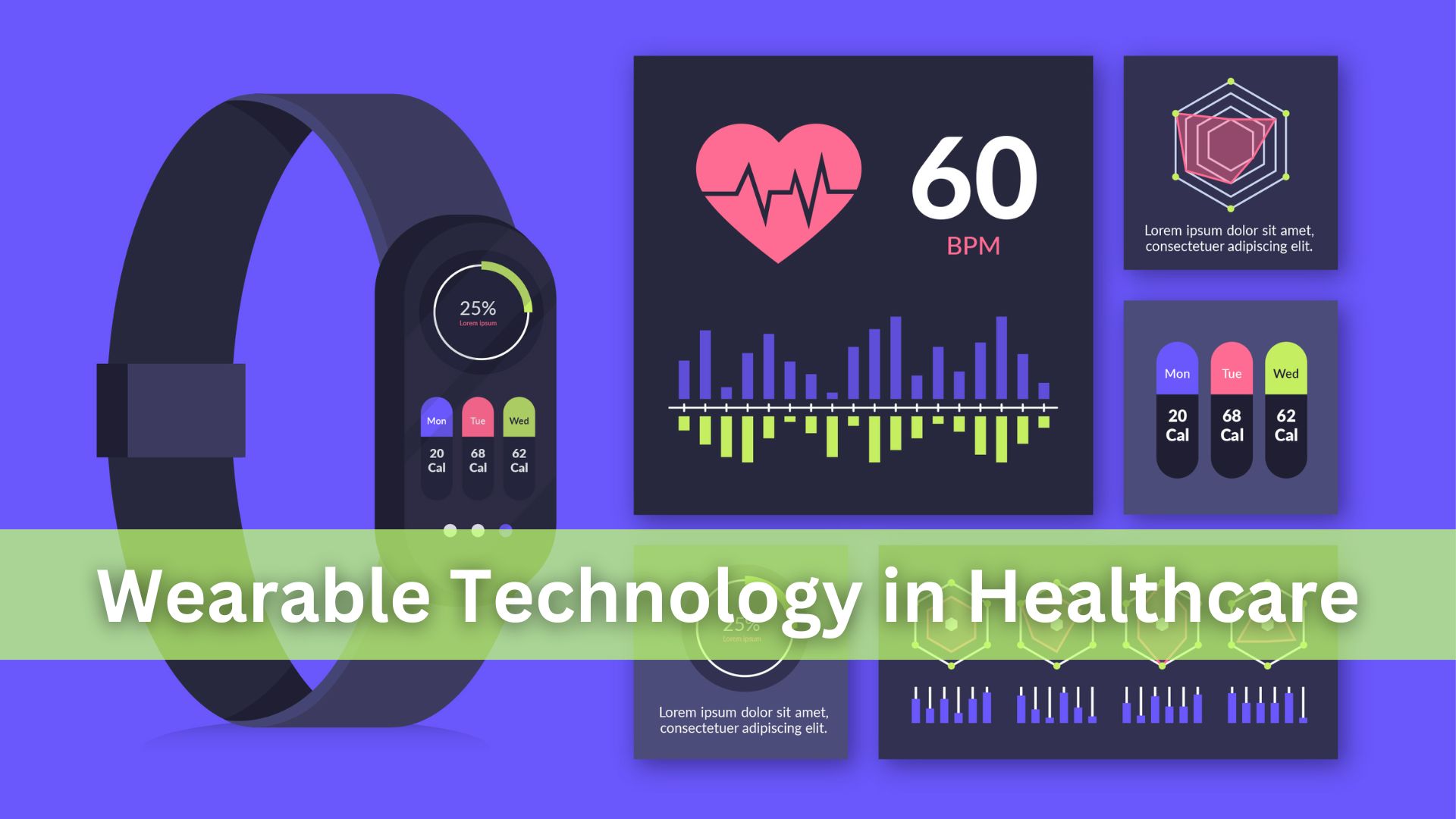
Why Are Wearable Health Devices Integral To Better Individual Health?
Wearable health monitoring devices may consist of products like:
- Smartwatches: Made by various brands like Samsung, Apple, Motorola, etc., users wear these to track various aspects of their health daily.
- Integrated Activewear: Consists of microscopic sensors that are embedded into apparel or footwear to help the individual achieve the designated fitness levels.
- Fitness Trackers: They provide real-time feedback on the health aspects of an individual. This may include heart health, calorie tracking, sleep tracking, breathing, and much more.
- Wearable Electrocardiogram (ECG) Monitors: An ECG sensor and an accelerometer are the core components of ECG monitors. These devices help in efficiently monitoring ECGs digitally by connecting seamlessly with smartphones or tablet devices.
- Glucose Meters and Monitoring Devices: Track and monitor glucose levels every few minutes and help the individual make informed decisions regarding food and beverage consumption.
- Blood Pressure Monitors: The cuff goes around the arm, and the digital display is connected to it, which provides systolic and diastolic blood pressure readings in real time.
These devices prove essential in detecting and preventing chronic health issues. The presence of integrated sensors in these wearable devices also allows for remote health monitoring and allows individuals to take swift action when needed. They have overcome traditional diagnosis techniques, which earlier needed periodical physical checkups.
By keeping tabs on core health vitals, individuals can take control of their health at a personalized level through comprehensive monitoring, which enables them to take proactive improvement measures as needed. As a result, it boosts the accuracy of healthcare decisions significantly.
Wearable medical devices are moving towards becoming a norm in personalized and preventive healthcare driven by real-time patient health tracking. That’s a shift every digital health business needs to adapt to in 2025 and beyond.
Wearable Health Devices and IoMT Products Go Hand in Hand in 2025
The benefits of technology in healthcare are immense, given the rapid innovation the industry is experiencing over the last few years. On one side, we have the wearable devices, while on the other hand, the network of internet-connected medical devices, hardware infrastructure, and software applications called IoMT.
IoMT enables flexible medical data monitoring and analysis through wireless and remote mechanisms. It can be paired with wearable health devices to gather real-time health vitals and transmit them to the healthcare professionals for in-depth analysis.
Both these segments of technology are connected with robust cybersecurity measures. It protect sensitive patient health data and adhere to healthcare regulations. As a result, it lays the foundation for patients to trust the entire digital health improvement ecosystem without second thoughts. Similarly, it improves the relationship between practitioner and patient as it fosters trust and credibility.
Moving forward, when the healthcare data from wearable technology and the IoMT ecosystem is integrated with advanced AI algorithms and analytics setup, it helps the healthcare provider to extract hidden actionable insights. Thus, enabling the provider to create truly personalized patient care plans for each individual. Receiving and monitoring data is done remotely, and so is prescribing the treatments.
Lastly, this entire ecosystem of health monitoring devices paired with IoMT and advanced algorithms and analytics provides patients with a user-friendly interface that collaboratively promotes personalized healthcare. Both patients and healthcare providers share the common goals through the rapid use of wearable health devices.
Benefits of Wearable Technology in Leveling Up Patient Care
There are immense benefits of wearable devices in the healthcare industry, which is leading a transition from manual to automated preventive health. Some of those include:
- Real-time health monitoring by leveraging the patient’s biometrics. Modern health monitoring devices track irregularity in patient vitals to indicate potential critical situations. This helps in providing an immediate response to the patient by the provider efficiently.
- Easy access to healthcare data without the need for physical research or surveys. Innovation in wearable health devices enables automated collection of critical health metrics. This provides invaluable insights to healthcare providers to roll out effective health improvement measures.
- Helps in the early detection of critical health issues by constantly monitoring patient vitals digitally. Any significant change in core vitals, and a personalized health plan can be rolled out in no time, reducing dependency on complex treatments.
- Consistent use of wearable health devices can facilitate better support for chronic illness management without any need for periodical health checkups. Custom health data can be leveraged to build personalized health improvement plans based on the needs of each patient.
- Personalized health coaching is another benefit of using wearables in healthcare for patients. They can share their data with healthcare consultants and coaches. Therefore, they can then provide personalized wellness plans based on the core vitals of each individual.
- Last but not least, it reduces the overall cost of availing high-quality and effective healthcare while promoting enhanced outcomes. Reduces dependency on in-person appointments by leveraging telemedicine with data received from wearables.
But there are Challenges too in Using Wearable Health Devices
- The biggest being data privacy, where sensitive data of individuals is always at risk of exploitation through unethical measures. Solving for privacy 100% can get tricky, and data breaches can be common if the overall ecosystem is not secure enough. This calls for robust cybersecurity measures in place backed by multi-layered access mechanisms.
- Accuracy and Reliability of Healthcare Data is another big challenge. Although wearable health devices collect and maintain patient data, using a one-size-fits-all algorithm to analyze and derive insights may render inconsistent outputs. Also, any incompatibility between the hardware and software of the wearable device may result in misleading or inaccurate data.
- Moving forward, the high cost of user adoption regarding wearables is something to address at a mainstream level. The overall cost of ownership must come down for the end user, as numerous elements like sensors, connectivity infrastructure, and hardware determine the overall price of the product.
- Last but not least, wearable devices may face integration challenges when an attempt is made to connect them with the existing technology ecosystem. This leads to interoperability issues through a broken flow of data, which may create inconsistencies in overall healthcare decision-making.
Partner with a Decade-Old Specialist in Wearable Technology Solutions
Backed by more than a decade of expertise, ChromeInfo Technologies strives to simplify the adoption of health monitoring devices. Also, we enable it to become mainstream for the masses through custom healthcare software solutions.
Moreover, ChromeInfo Technologies specializes in helping healthcare business owners and entrepreneurs in the wearables segment overcome these challenges through custom strategies specific to their end-user goals.
Also, our data-driven approach, combined with a commitment to ensuring the accuracy and reliability of health data, ensures the delivery of consistent digital health services. Build a lasting technology solution that evolves your business to solve critical healthcare issues of end users.
Frequently Asked Questions (FAQs)
What is the next frontier in wearable health devices?
Technologies like AI, ML, Automation, Big Data, Augmented reality, and blockchain are new technology frontiers. These are making great headway into the segment of health monitoring devices.
Can wearable devices assist during emergencies?
Yes, they can. They prove extremely helpful in emergency cases for patients like heart attack or an accident. Moreover, these devices can automatically alert the healthcare provider using GPS technology. As a result, they can deploy medical assistance without delay.
What are the various types of wearable related services provided by ChromeInfo Technologies?
We provide services like:
- Software development consultation
- End-to-end development
- Custom integration consulting
- QA and testing assistance
- New product development
- Integrating new wearable solutions with existing systems, and
- Wearable data analytics services.
What security measures ensure the integrity of wearables and their data?
End-to-end encryption, multi-layered authentication systems, firewalls, and custom cybersecurity measures. These ensure the complete integrity of the data stream fetched from wearable devices.
Get Started with ChromeInfo Technologies
Partner with a reliable technology solutions provider in the wearable health devices space that can provide you end-to-end assistance with:
- Software
- Hardware
- Interoperability, and
- Data management
Also, hire industry experts who know the inside out of wearables and their true impact on personalized healthcare delivery.

